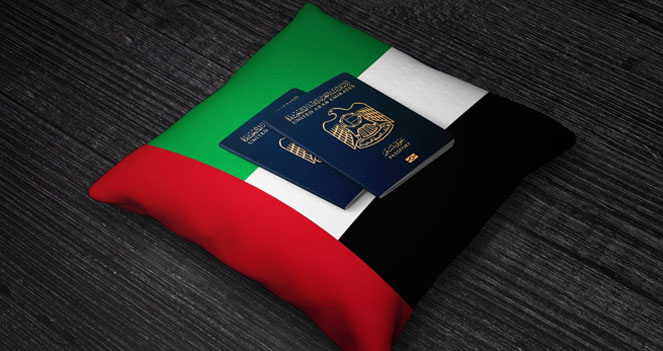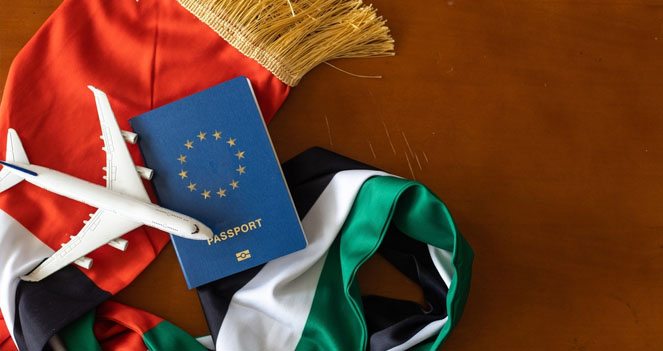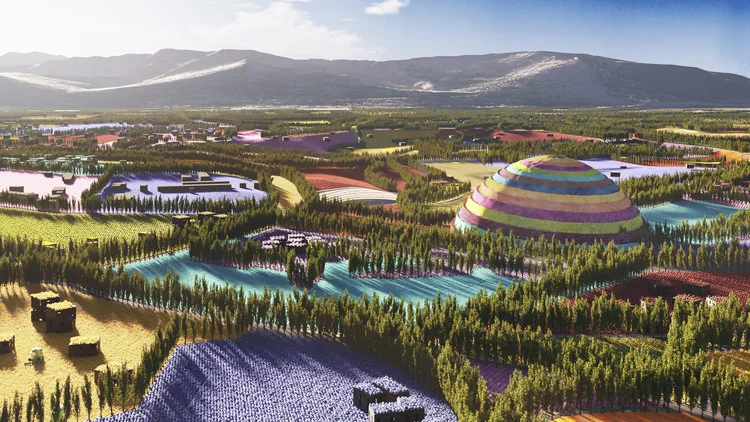Armenia Visa Eligibility Required
Eligibility for an Armenia Visa has many dependence factors. One must hold a valid passport with at least six months' validity. He or she should have a proper purpose for the visit, either for tourism, business, or transit.
His or her visit shall be supported by relevant documents. A clean financial record to show his or her capability to sustain expenses incurred during the visit is a must. A clean criminal record is also very important.
Some nationalities may require an invitation letter or return ticket. Make sure that your travel purpose aligns with the category of the visa. Then, going through Armenia Visa Apply Online will be stress-free since such an application is normally accepted. Check eligibility criteria for the country you are a citizen of before applying in particular to save from all administrative hassle.
Widen Your World - Visa-Free Armenia Travel for Citizens
Armenia provides visa-free entry or visa-on-arrival for citizens of some countries, which enables trouble-free travel. Citizens of such countries are allowed to appreciate all the richness of Armenian culture, landscapes, and history without pre-conditionally agreed visas. Such a policy will greatly contribute to the integration and tourism opportunities.
Whether a trip is meant for a vacation, an event, or a business tour, visa-free travel simplifies your travel life. However, the visitor will have to research how long he can stay in the country and should have relevant documents such as a valid passport and return ticket. Understand Armenia with its friendly visa-free policy.
Why is the Armenia Visa Application Online Important for VisitsVisa?
The Armenia Visa Apply Online process through VisitsVisa is essential for simplifying travel arrangements. It eliminates the need for lengthy embassy visits and paperwork, offering a modern, streamlined solution for obtaining your visa. The online platform ensures that applicants can complete the process conveniently from anywhere in the world.
VisitsVisa offers real-time updates and support, making the entire process transparent and hassle-free. Secure payment ensures data does not get corrupted, thereby reducing the chances of a holdup or refusal. A number of visa types and options for expedited processing is available on the platform to cater to travelers with different needs.
Using VisitsVisa, travellers can choose the experience which is quite reliable and professional while also serving the sake of safety and convenience. This makes the entire process of application transparent and supportive, thereby making it non-stressful. Apply for your Armenia Visa online today and have a seamless journey to one of the world's most captivating destinations.
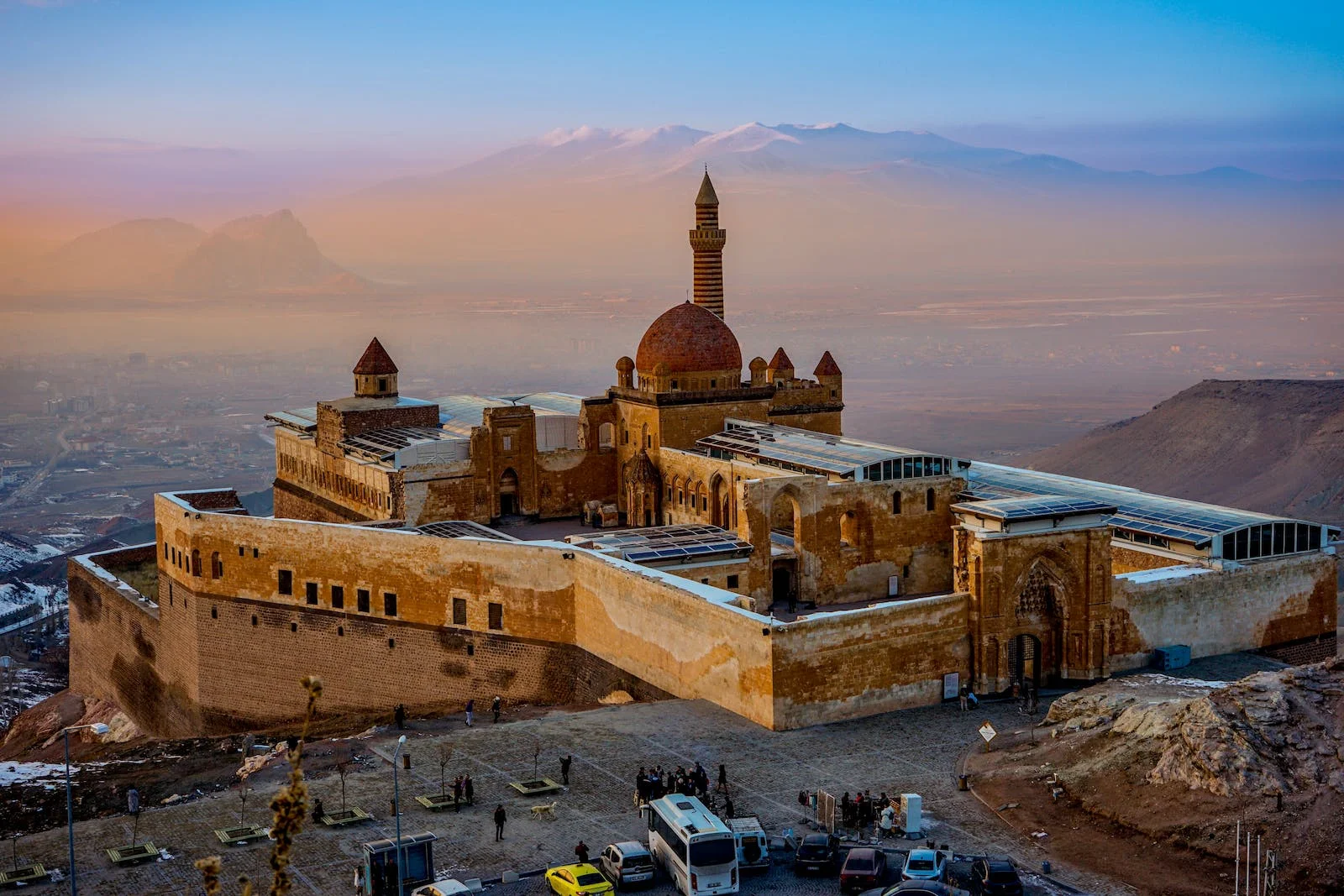


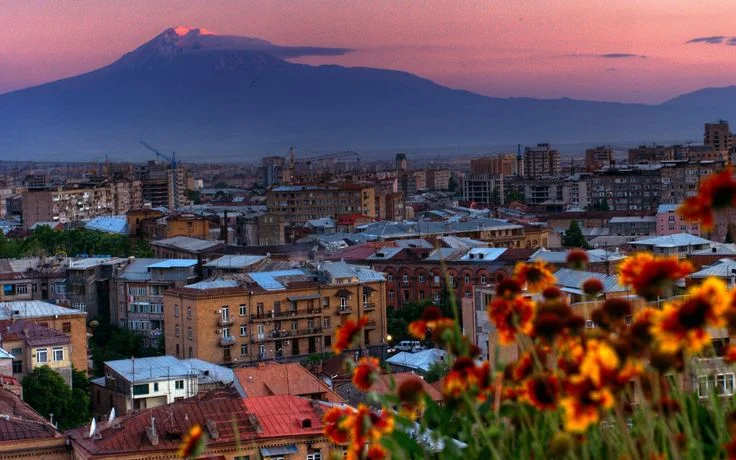
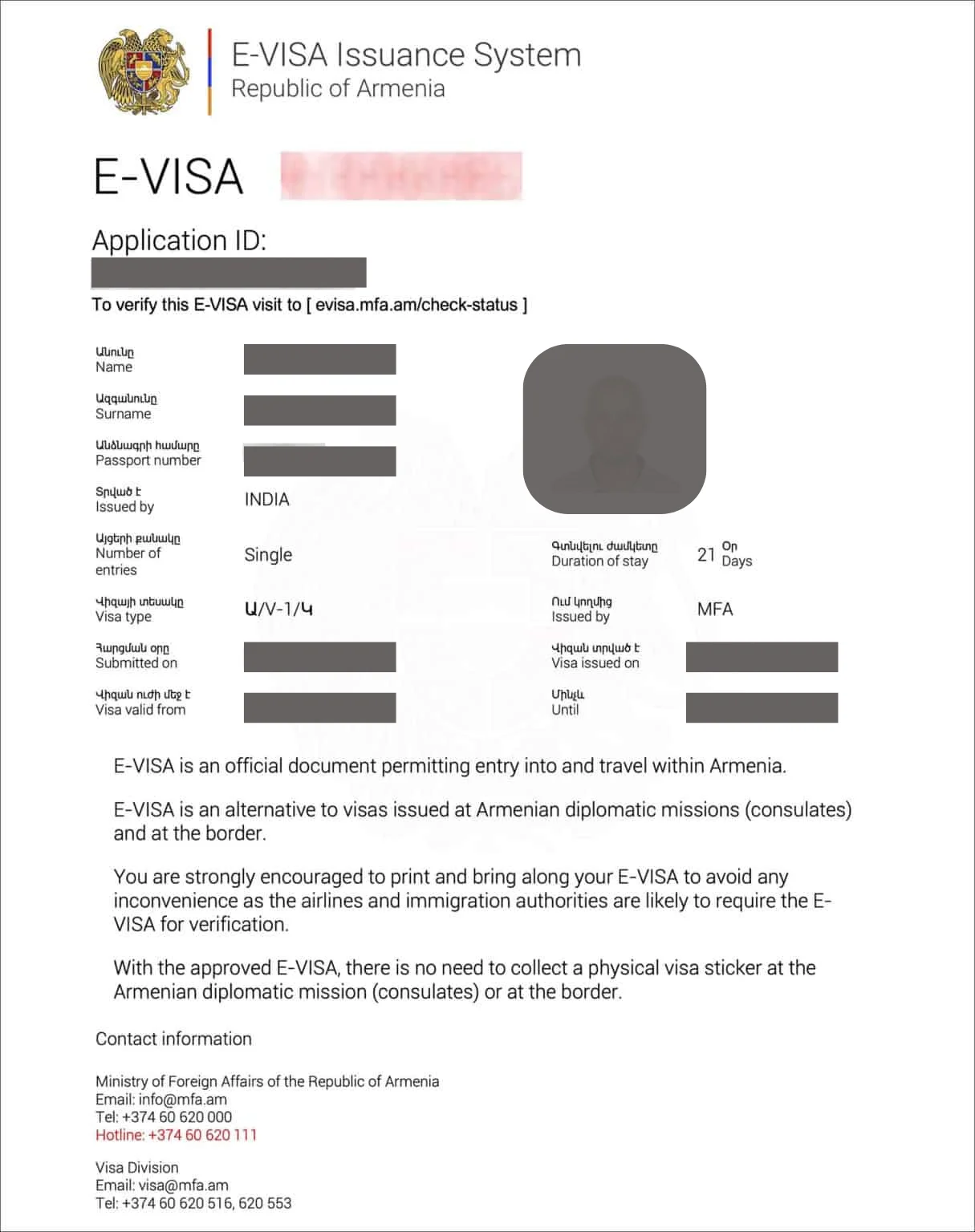
 Qatar
Qatar Afghanistan
Afghanistan
